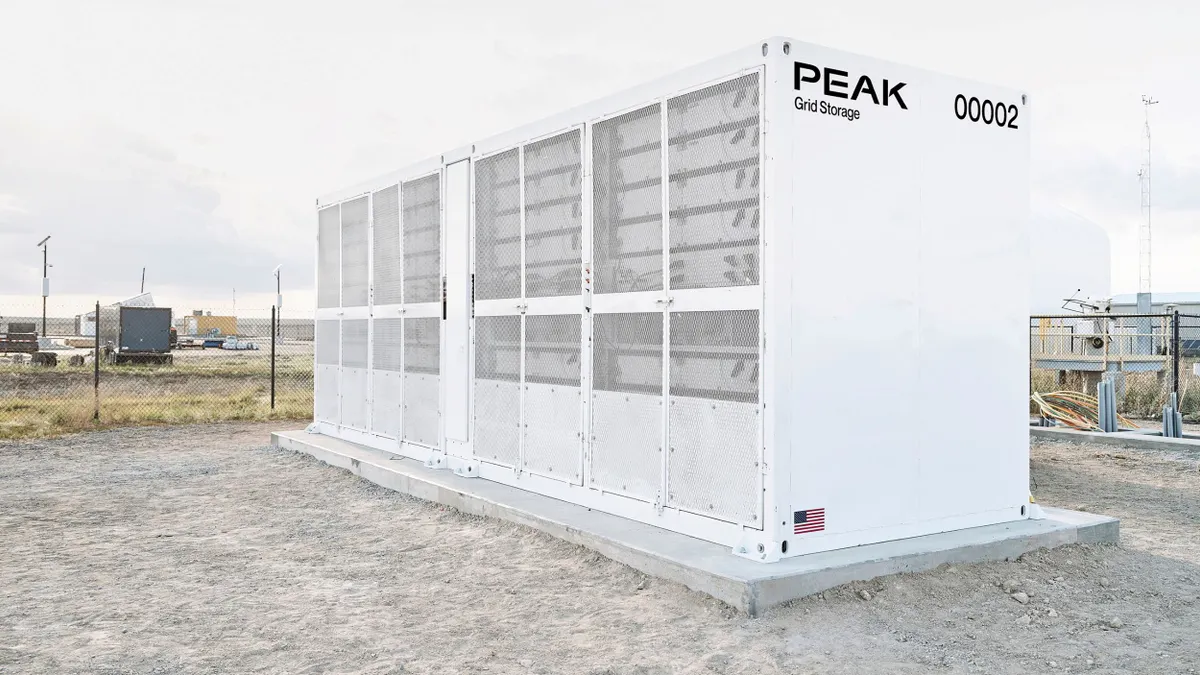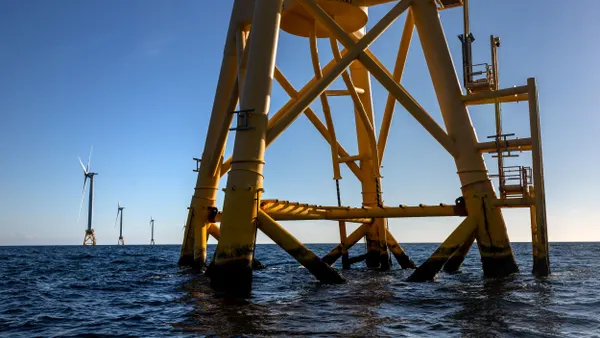Dive Brief:
- Hawaii is making progress towards a 100% renewable portfolio standard, and currently gets about a quarter of its energy from carbon-free sources, according to a new report from the State Energy Office.
- The state is also pushing the adoption of electric vehicles, and last year saw a 26% jump in registrations. After California, Hawaii is second in the nation in per capita EV registrations.
- And Hawaii is also focused on energy efficiency; state and local agencies have signed more than $440 million in performance contracts estimated to save $1.1 billion.
Dive Insight:
Hawaii's energy sector is most known for the solar energy it can produce in abundance, but the state is taking a holistic approach to reducing emissions by looking beyond carbon-free power. Also central to the state's transformation will be the adoption of electric vehicles and an increase in efficiency.
“Hawaii’s push to create a clean energy future is becoming a reality,” said Luis Salaveria, director of the Department of Business, Economic Development, and Tourism, which oversees the Hawaii State Energy Office (HSEO). He added that the state has made "tremendous strides to reduce its dependence on fossil fuels," with about 25% of all electricity sales now coming from renewable sources.
EV registrations accelerated at a double-digit pace in 2016, the report found, with more than 5,000 in the state. The state has more than 500 charging points, including more than 300 on the most populous island of Oahu, home to more than 3,400 EVs.
"While hugely important, the state’s 2045 deadline to reach 100 percent renewables in electricity sales left out something crucial: transportation," the report says. "To truly achieve energy independence and break Hawaii’s addiction to fossil fuels, the state must revolutionize the transportation sector.
On the efficiency front, state and county agencies took part in the state’s Energy Performance Contracting (EPC) program, which is coordinated by HSEO. Greentech Media points out that since 2011, the Energy Services Coalition, a nonprofit group, said Hawaii was tops in state government energy contracts. According to the new report, anticipated savings from the state's programs could power almost 370,000 homes for a year, and the projects include more than 96 million square feet in more than 200 buildings.
On another front, Hawaiian Electric Co. (HECO) filed the latest draft of its Power Supply Improvement Plan with the Public Utilities Commission that maps out its path to achieve 100% renewables by 2040, five years before the 2045 deadline.
The utility plans to use a mix of grid-scale solar, wind energy and demand response programs while also expanding private rooftop solar.














